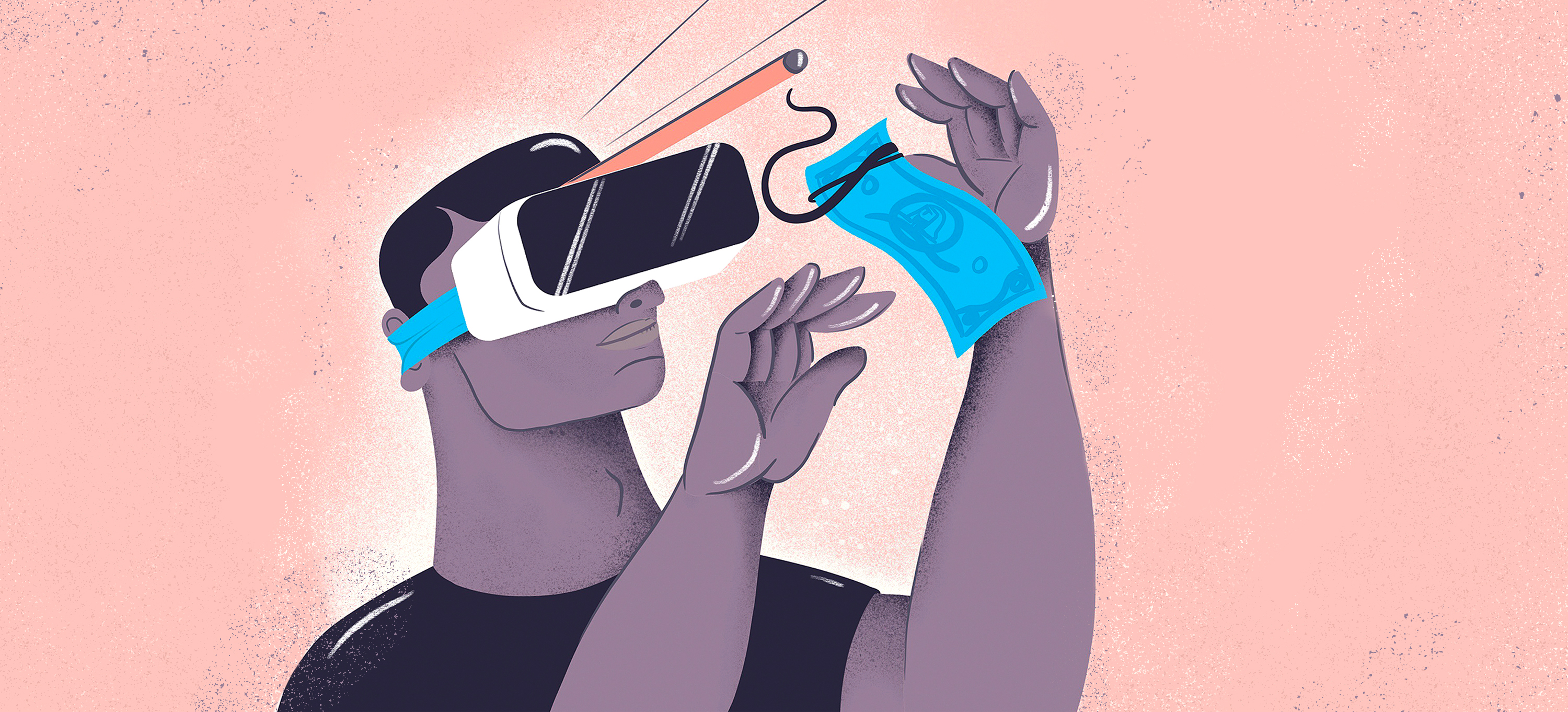Vancouver played host to the inaugural Consumer Virtual Reality (CVR) Conference this past Saturday. With my ticket in hand I headed to the Vancouver Convention Centre.
What surprised me the most about the CVR2016 conference?
First, how many products and devices now exist. It’s remarkable how many headsets are on the market now. When we speak about VR most people know the name Oculus, but there are so many more options, both better and worse in quality and performance from what I’ve learned. Secondly, Oculus has some ground to make up. There was an overwhelming consensus that the king of VR headsets right now is the HTC Vive. From my own testing I can confirm this to be true, it’s absolutely stunning. The performance and its capabilities are through the roof. With its ability to sense its users’ XYZ coordinates/position, one can duck, move and look around all while receiving a completely seamless and lifelike response from the Vive, it feels as if you are truly in the virtual environment. One last point that surprised me was how fast the community is growing. There are more and more startups specifically focusing on VR. One company that really blew me away was Cloudhead Games – a small, tight-knit team located in Qualicum Beach, British Columbia that’s definitely making an impact on VR with games like The Gallery Call of the Starseed. (This game alone is worth the cost of setting yourself up with a Vive and PC capable of playing it).
What seems most relevant for consumer facing brands to know about?
First brands need to understand that right now VR is hard, it’s new and it’s something that needs time. Next, they should know that their users are all different, they have different requests, restraints, devices, space restrictions, cost expectations etc. It’s very difficult to point your entire audience in the right direction through a customized VR experience. But… There is so much potential for advertising that the difficulties that consumer facing brands are currently experiencing are worth the hardship. Every brand that is serious about using VR to reach out to their audiences can and should already imagine their products in virtual spaces. VR meet-ups, VR chat rooms, video games, virtual fitness etc. are all areas we can expect consumer facing brands to be a part of moving forward. Lastly, and without getting too technical, VR has the possibility of making users ill, tired, uncomfortable and/or disoriented from incorrectly calibrated systems. To ensure users will want to adopt and accept VR as a way of interacting with their favourite brands VR has to be done carefully. One alternative to VR is AR or Augmented Reality. This may be a more viable option as the current models use consumer’s already existing smartphones as the gateway device into the augmented consumer spaces.
What were my biggest takeaways on branding and advertising in VR?
My biggest take away is how smart and forward thinking the people focusing on branding and advertising in VR are. They are of course already collecting mountains of metrics and data. The data is being gathered and used to track early adopters’ movements in virtual spaces as they look and explore their favourite brands. There will be virtual environments for brands to advertise via video games, online spaces, or online shopping areas that allow these brands to sell themselves to consumers by using digital VR buildings, products and storefronts etc. There are still major barriers to overcome for brands looking to sell to users with virtual reality. Specifically, the current cost of devices and the tactile response users would expect is essentially nonexistent at this point. How does a clothing manufacturer allow its VR users the ability to touch the materials used? It is questions like this that are still trying to be answered by the industry’s professionals and because branding and advertising in a virtual space is in such an alpha state it may be some time before they can be answered.
My biggest takeaway on consumers’ lives in VR?
My biggest takeaway is also my saddest because I am so excited about this field. Sadly, it’s not time for the average consumer to purchase and own VR headsets of any substantial quality. Although the industry would love it if the average user was purchasing them regularly to help drive cost down and encourage new and exciting games, use cases and experiences, it’s just not time yet. The price point is currently too high and the required computing power is unrealistic to ask of the everyday consumer. Even for independent developers or tinkers who have experience in code and use powerful gaming machines, the $500 CAD Oculus or $1200 CAD Vive is still no small cost. With all that said, the general consensus at CVR2016 was that we will not see these devices in the average consumer’s hands until about 2025-2030.
